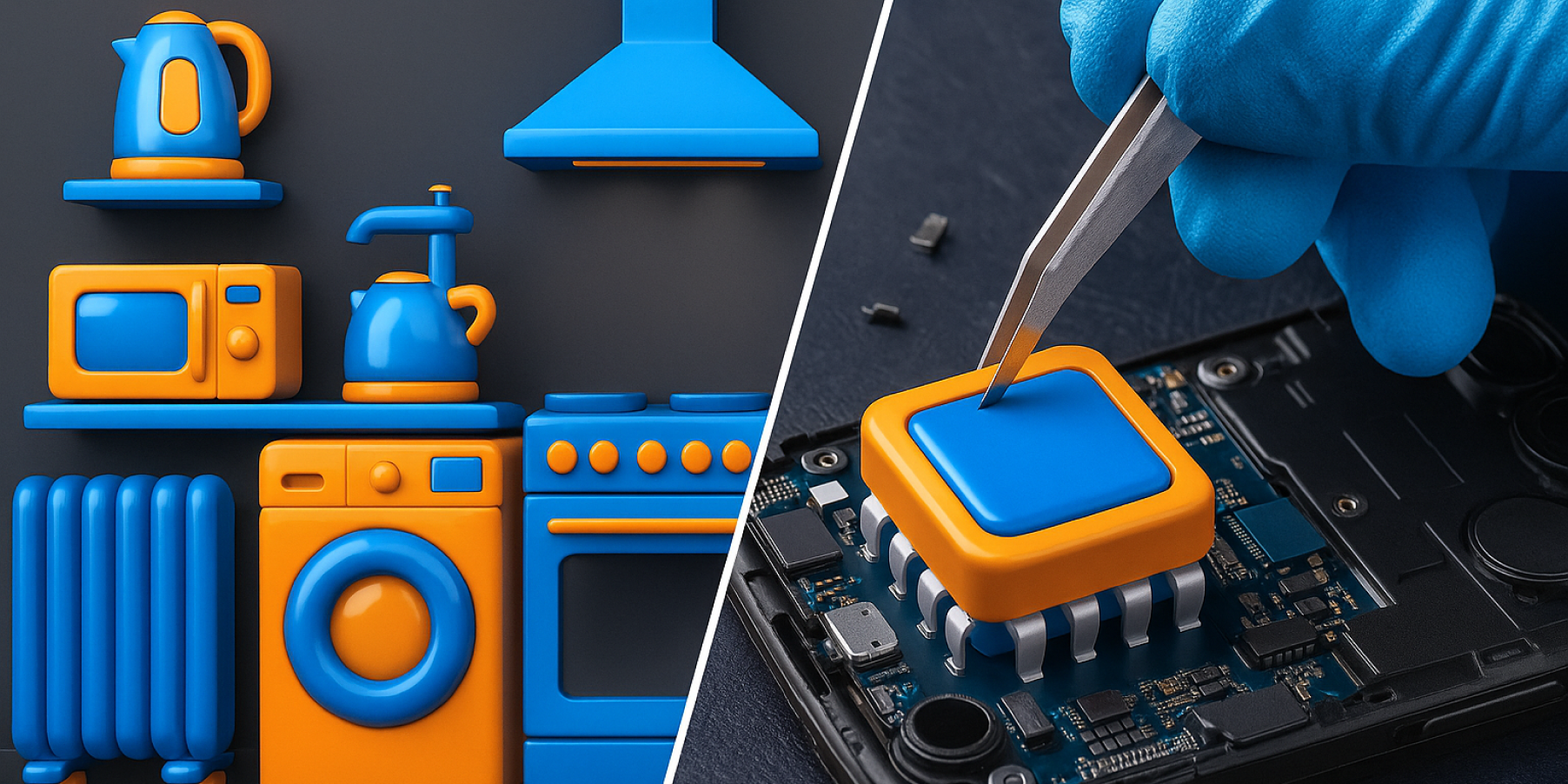Home and garden market analysis 2025: what manufacturers and suppliers should know
August 30, 2025

In 2025, the home and garden market is undergoing a transformation shaped by several forces: the rise of sustainable consumption, rapid technological progress, and shifts in consumer behavior.
Demand is increasing for environmentally friendly products, smart home systems, and offerings that combine convenience, aesthetics, and eco-conscious design. Rising interest in home improvement trends is prompting more consumers to invest in upgrades to their homes and gardens. This article reviews the market’s current state, highlights key developments, and offers practical guidance to help businesses adapt and find new avenues for growth.
Market dynamics in 2025
The global home and garden market is moving on several tracks: some segments are experiencing rapid growth, while others remain stable. Below is a brief overview of the key areas.
Home gardening
According to the CMI Team, home gardening sales will reach $15.78 billion in 2025 and are projected to climb to $26.47 billion by 2034, reflecting a compound annual growth rate (CAGR) of about 5.92%.
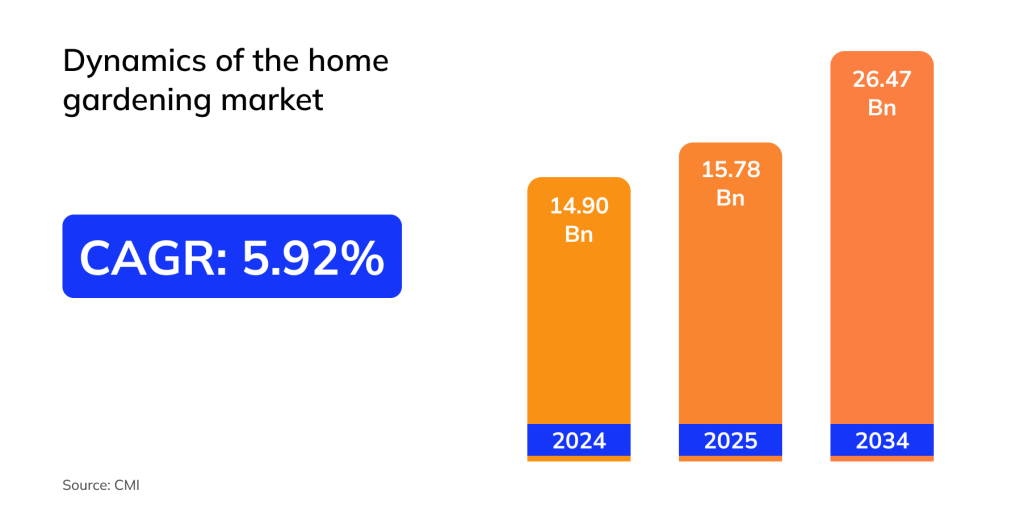
Smart home technologies
Precedence Research estimates the smart home market is growing at a much faster pace. It is valued at $162.27 billion in 2025 and is expected to reach $1,404.59 billion by 2034, implying a compound annual growth rate of 27.1%.
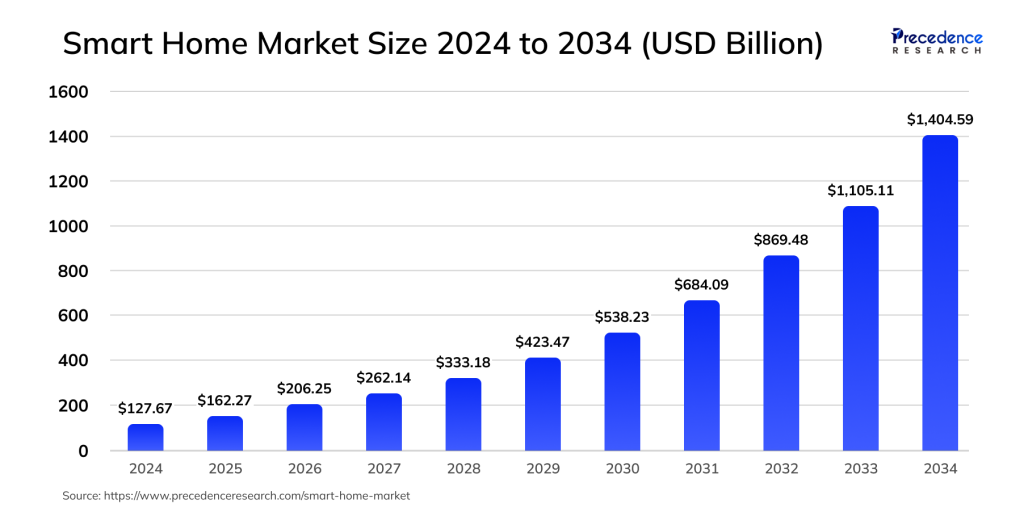
Home renovation and fit-out
People are increasingly undertaking both cosmetic and full renovations, upgrading furniture, décor and bath fixtures, and installing modern technologies — from smart home systems to energy-efficient lighting and insulation.
According to Research and Markets, overall demand across home and garden is currently growing at a modest pace, mainly due to global economic uncertainty. The study also notes that the online sales channel has become a key driver of home and garden market size.
HTF Market Intelligence highlights industry leaders such as Home Depot, Lowe’s, IKEA, Amazon, Walmart, B&Q (Kingfisher), Menards, and Ace Hardware. Their strategies, including building D2C sales, expanding online platforms and prioritizing sustainable solutions, are significantly shaping market dynamics.
Steady growth in selected niches, along with the momentum of leading players, suggests strong growth potential for companies offering home and garden solutions.
Trends shaping the market
In 2025, the home and garden sector is being reshaped by three forces: sustainable design, new technologies, and evolving consumer behaviour. These trends intersect, creating both opportunities and challenges for manufacturers and retailers aiming to meet modern preferences.
1. Sustainable design
Mordor Intelligence forecasts the European market for eco-friendly furniture to grow by more than 5% per year until 2030.
Current innovations include fibers made from recycled textiles, biodegradable materials, and polymer composites that mimic natural rattan.
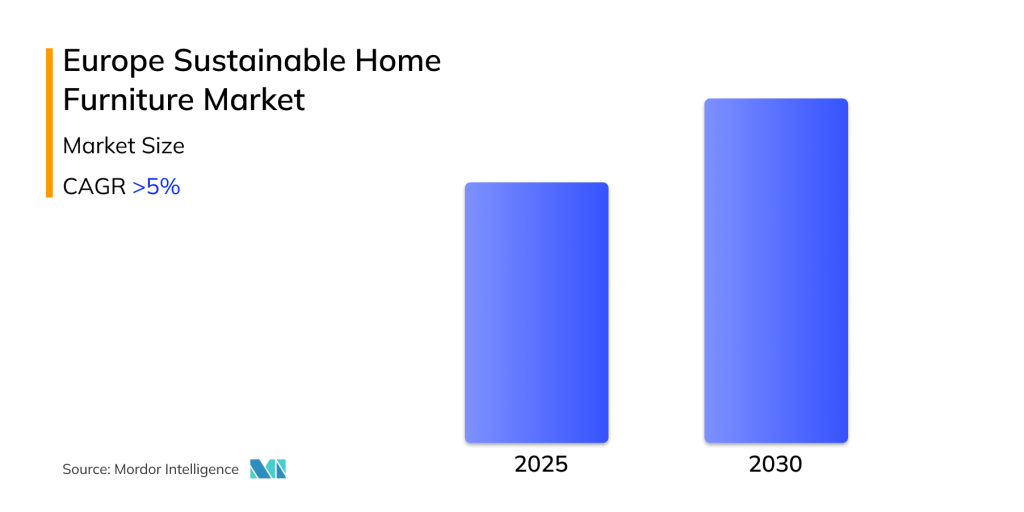
These products offer visual appeal, durability and resistance to weather. More B2B buyers — hotels, cafés, salons and developers — are choosing such options because they align with a sustainable supply chain and demonstrate a brand’s environmental responsibility.
2. Technological innovation
According to Grand View Research, smart home technologies are in a phase of rapid development. In 2024, the global market was valued at $127.8 billion, with the largest share coming from retrofit solutions, installing smart devices in existing homes. A smaller yet meaningful share comes from integrating technology into new builds at the construction stage. This indicates that more households are adding connected systems for lighting, security, temperature control and energy efficiency.
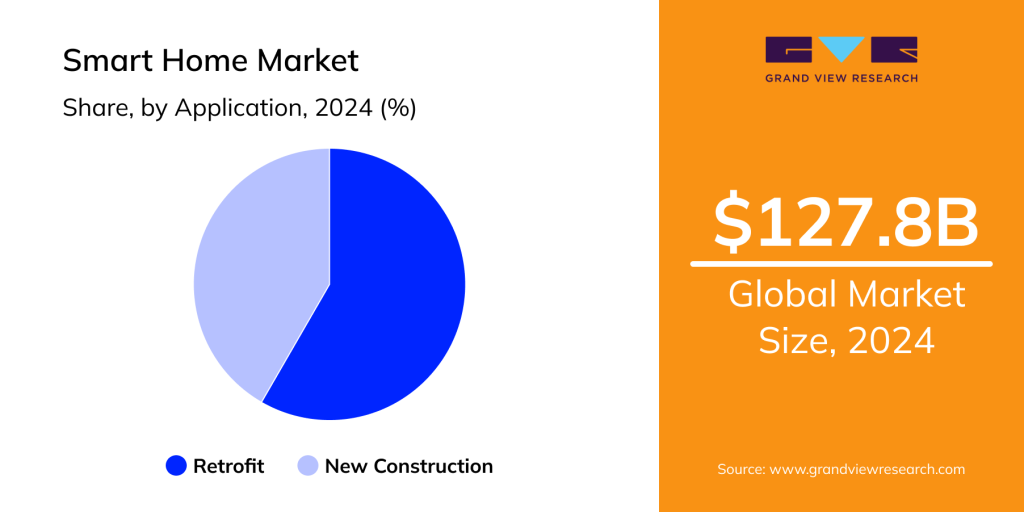
Shoppers also expect convenience regardless of where they buy — online or in a physical shop. Consequently, brands are adopting an omnichannel retail strategy and expanding direct online sales (D2C).
3. Shifts in consumer preferences
Buyers favour warm, natural yet stylish spaces. Interior design is trending towards natural materials, soft forms, textured finishes and bold colours. Many want homes that feel alive and closer to nature, often called biophilic design, fueling the home decor industry, especially products made from natural materials and textiles such as organic cotton.
These preferences extend to gardens, terraces and balconies. In garden trends 2025, flowing lines dominate. Within outdoor furniture trends, curved benches, modular lounging zones and comfortable fixtures stand out, blending seamlessly with the look and comfort of indoor pieces.
Demand is also rising for practical tools. The garden tools market is growing as people spend more time outdoors, tending their gardens or balconies themselves.
People want the same sense of comfort in the yard as indoors, so brands should create solutions that make courtyards and terraces as inviting as the home.
Recommendations for manufacturers and suppliers
To succeed in 2025, align your offerings with shifting customer expectations and market dynamics. Here are practical steps.
- Offer eco-friendly products. More people search for sustainable home products. Show how your items meet sustainable production principles — materials, certifications, and end-of-life options.
- Add smart solutions to the range. Buyers expect smart home devices such as automated lighting, climate control and security. If you sell appliances, furniture or building materials, ensure easy integration with other digital systems.
- Prioritise contemporary design. Demand is rising for smooth lines, natural materials and multifunctional pieces. Track outdoor trends: modular sets, rattan furniture and terrace collections that match indoor comfort.
- Build multiple sales channels. Let customers choose: buy in store, order on your website or via social media. Connect all touchpoints into one system — from the physical point of sale to your online shop or marketplace.
- Develop own-brand products. Consumers are drawn to exclusive private label home goods that look stylish, offer high quality, are well-priced and feel distinct from the mass market.
- Demonstrate expertise. To work with retailers, platforms and large accounts, show that you are a reliable home and garden supplier who understands trends, fulfills commitments and maintains a strong reputation.
Following these steps will help you meet current demand, differentiate from competitors, and build long-term trust in your brand.
Conclusion
The home and garden sector in 2025 is evolving and opening opportunities for companies that respond quickly. At the forefront are sustainable design, smart technology and new buying habits. Businesses that adapt to these shifts and offer reliable, well-made solutions will find it easier to strengthen their position.
If you operate in this field, note that the ServiCom marketplace has a Home & Garden category where you can showcase your products and reach new customers.
Now is a timely moment to broaden your routes to market, test new territories and secure a visible place in a promising environment.


